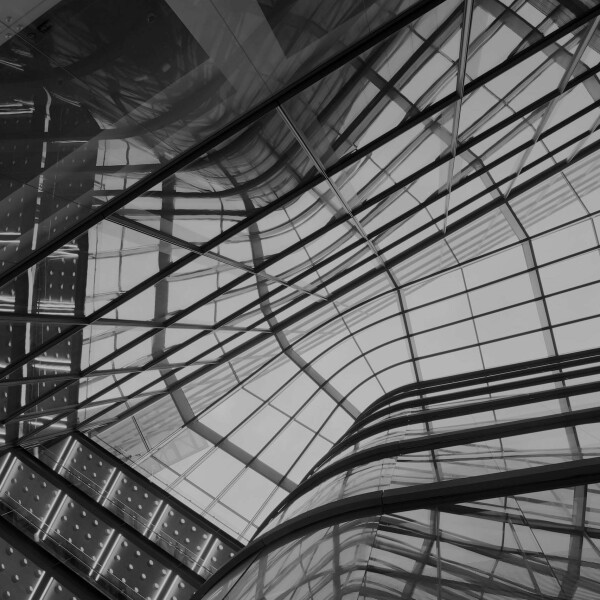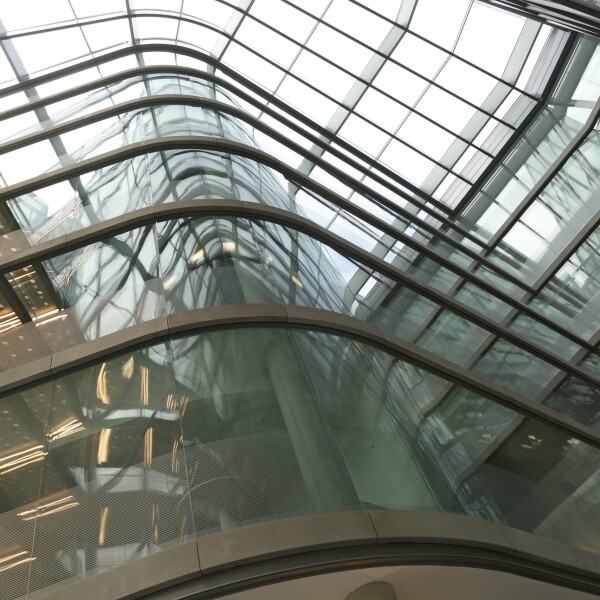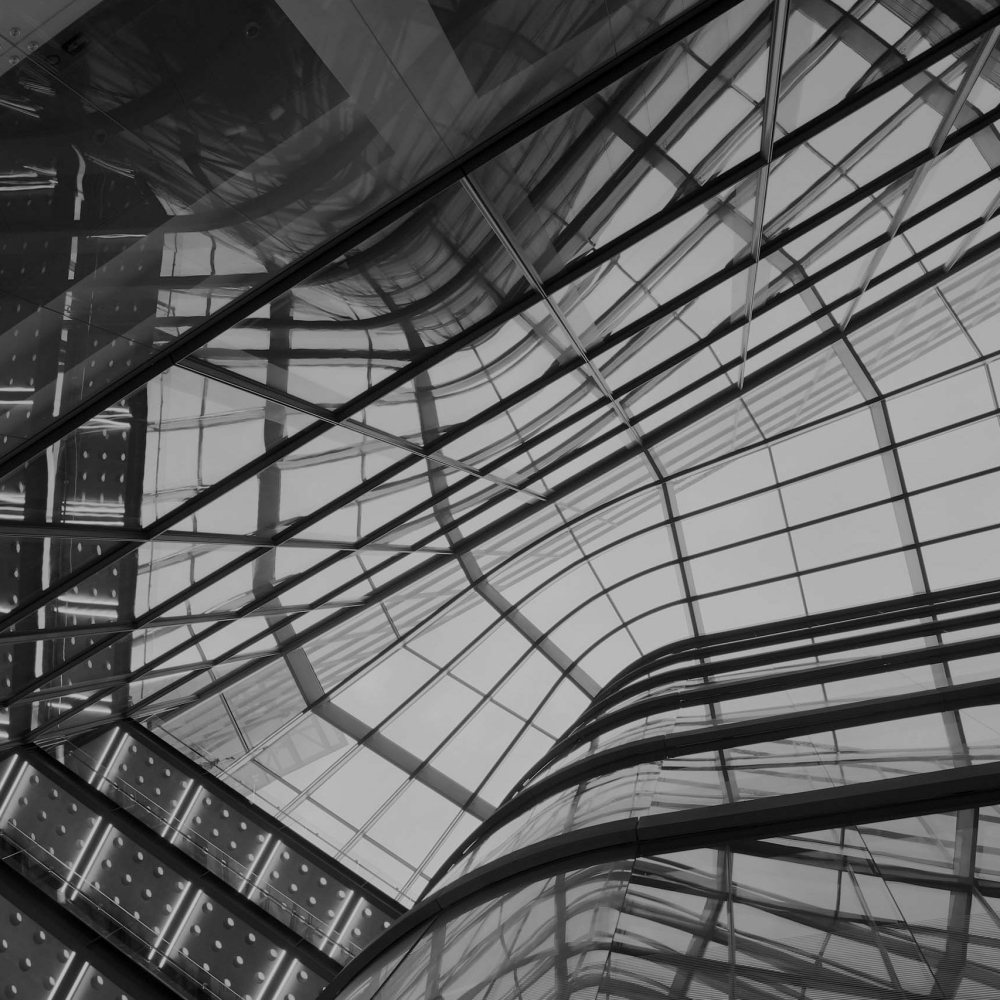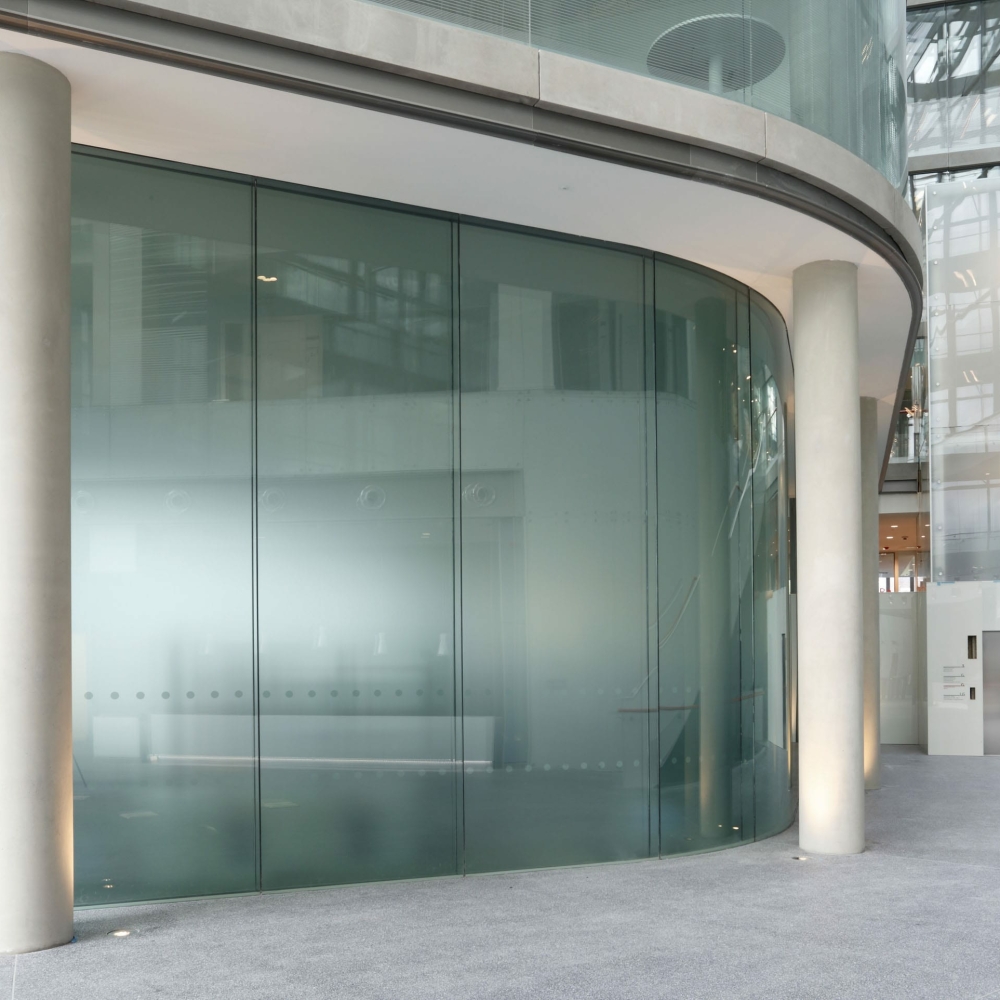- Home
About Us
Our Approach
Sustainability
Key Services
CPDs
Work For Us
- Downloads
- News
Products & Services
Our Work
Fit Out Projects
Sectors
- Inspiration Gallery
Contact Us
IMPERIAL
COLLEGE
LONDON
Sector
Education
Architect
PLP Architecture
Contractor
Laing O'Rourke
Location
London
PROJECT. OBJECTIVES
Client Imperial College London
The 48,000 metre Research and Translation Hub building at Imperial College London, forms the centrepiece for the innovation district in White City and delivers world class education, research and translation facilities.
Radii AG was approached by Laing O'Rourke to collaborate with Architects PLP Architecture to design and install a stunning central atrium, linking the laboratory and office spaces together.
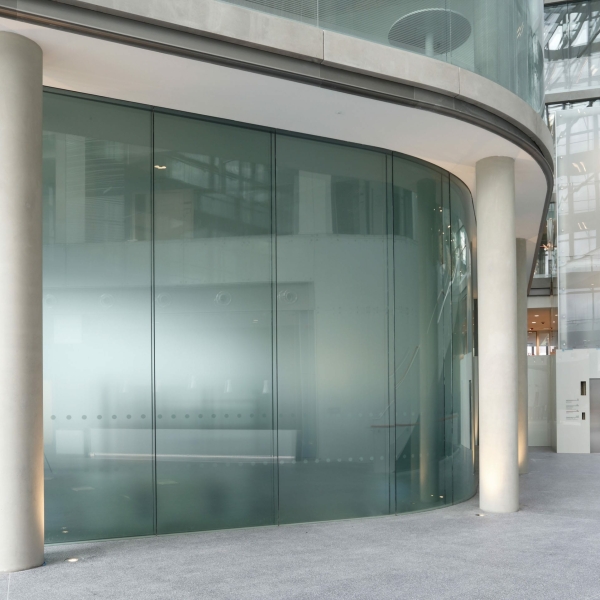
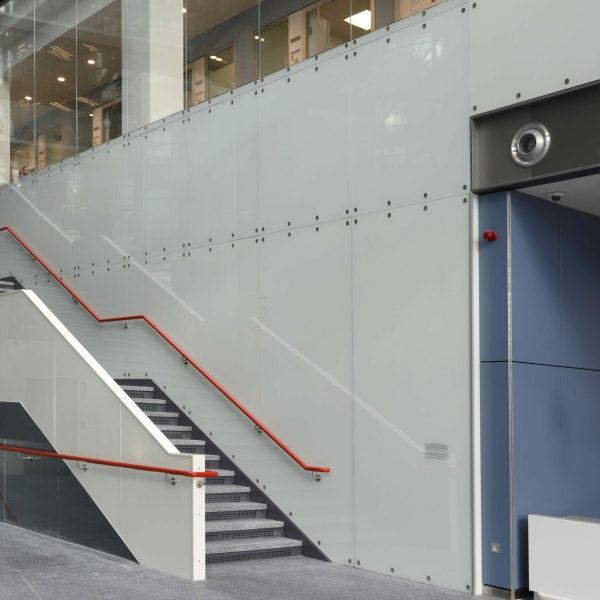
Project insights.
The Research and Translation Hub is run by Imperial College's ThinkSpace team - a dedicated group that works with entrepreneurs and companies to provide innovative, high quality workspaces and relocation support.
The Hub has an emphasis on linking research and commerce to benefit society and the global economy and will be open to corporations and fellow universities, driving innovation through co-location and collaboration. Additionally, it will provide high specification, multidisciplinary research space for over 1,000 next generation scientists and engineers.
Project
highlights
Scroll
